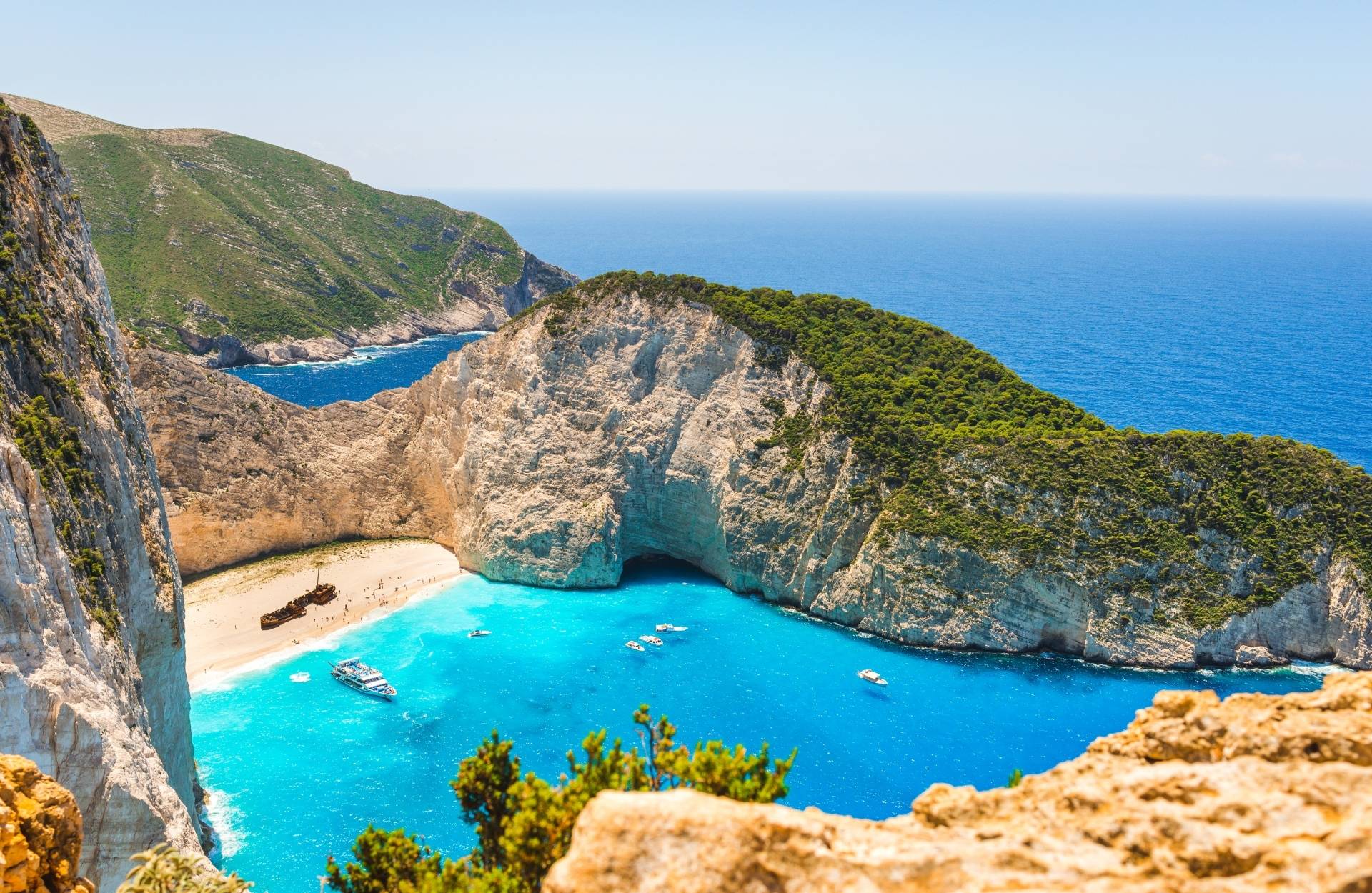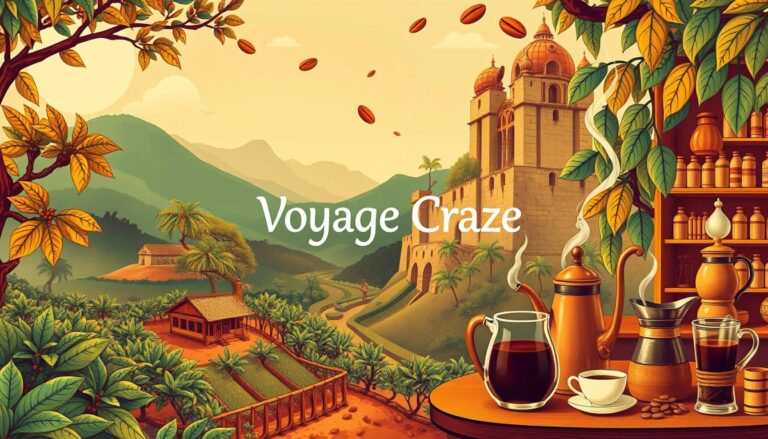Thailand is a place where culture and celebration meet in the most colorful ways. Festivals here aren’t just events; they’re a way of life. From water fights to lantern releases, each festival tells a story of tradition and community. It’s not just about having fun but also about connecting with age-old customs. Whether you’re a local or a visitor, these festivals offer a peek into the heart of Thai culture. So grab your calendar and mark these dates, because you won’t want to miss out on these vibrant celebrations.
Key Takeaways
- Thai festivals are deeply rooted in culture and religion, offering insight into the country’s heritage.
- Songkran, celebrated in April, is known for its massive water fights across Thailand.
- Loi Krathong is a festival of lights, where people release candle-lit floats on water bodies.
- Phi Ta Khon, or the Ghost Festival, features colorful masks and is unique to Dan Sai.
- The Vegetarian Festival in Phuket is famous for its meat-free dishes and spiritual cleansing rituals.
Songkran: The Thai New Year Water Festival

History and Significance of Songkran
Songkran is Thailand’s exuberant New Year celebration, held every year from April 13 to 15. It’s a time when the entire country comes alive with water fights and festivities. Traditionally, water symbolizes cleansing and renewal, marking a fresh start as the Thai lunar year begins. This festival has deep roots in Buddhist culture, where water was originally used to wash away bad luck and sins.
How Songkran is Celebrated Across Thailand
During Songkran, the streets of Thailand transform into a giant water battlefield. People of all ages join in, armed with water guns, buckets, and hoses. Here’s how you can experience Songkran across the country:
- Bangkok: Head to Silom Road or Khao San Road for the largest and most vibrant water fights.
- Chiang Mai: Known for its traditional celebrations, including parades and cultural performances.
- Phuket: Offers beachside festivities with a mix of local and tourist crowds.
Tips for Enjoying Songkran Safely
To make the most of Songkran, follow these tips:
- Dress appropriately: Wear light, quick-dry clothes and waterproof footwear.
- Protect your belongings: Use waterproof bags to keep your phone and valuables safe.
- Stay hydrated: With all the excitement, don’t forget to drink plenty of water.
Participating in Songkran is not just about the fun; it’s a chance to immerse yourself in Thai culture and experience the joy and unity that comes from shared traditions. Embrace the splashes and let go of your worries!
For more details on what to expect during Songkran, check out this Water Festival in Thailand.
Loi Krathong: A Night of Lights and Reflection
Loi Krathong is a beautiful festival celebrated across Thailand, often described as a night of lights and reflection. This tradition is believed to have originated centuries ago in Sukhothai, the ancient capital of Thailand. The festival is held to honor Phra Mae Khongkha, the Goddess of Water, expressing gratitude for her bounty and asking for forgiveness for polluting the waters. On the full moon night of the 12th lunar month, usually in November, people gather by rivers and lakes to release krathongs, which are small, decorated floats made of banana leaves, flowers, and candles.
Creating a krathong is a cherished part of the festival. It’s a chance to get creative and connect with Thai culture. Here’s how you can make your own:
- Gather Materials: You’ll need banana leaves, flowers, incense sticks, and a small candle.
- Construct the Base: Fold the banana leaves to form a circular base and secure with pins or toothpicks.
- Decorate: Add flowers and place the candle and incense in the center.
- Personalize: Some people add a strand of hair or a small coin as a symbol of letting go of past grievances.
If you’re looking to experience Loy Krathong Festival in its full glory, there are several spots in Thailand that are particularly magical:
- Bangkok: The Chao Phraya River is a popular spot where locals and tourists gather to release their krathongs.
- Chiang Mai: Known for its stunning lantern festival, you can enjoy both Loy Krathong and Yi Peng here.
- Sukhothai: As the birthplace of the festival, Sukhothai Historical Park offers a traditional and picturesque setting.
Experiencing Loy Krathong is like stepping into a dream, where the water mirrors the stars, and every flicker of light carries a wish for the future. It’s a reminder of the deep connection between people and nature, and the importance of gratitude and renewal.
Phi Ta Khon: The Ghost Festival of Dan Sai
Cultural Significance of Phi Ta Khon
Phi Ta Khon, often referred to as the “Ghost Festival,” is a lively and colorful event held in the Dan Sai district of Loei Province. This festival is deeply rooted in local mythology and traditions, celebrating the return of a prince presumed dead, who came back to his people, sparking a spontaneous celebration. This vibrant festival is a blend of fun, spirituality, and community spirit, making it a unique cultural phenomenon in Thailand.
Traditional Costumes and Masks
A key highlight of Phi Ta Khon is the elaborate costumes and masks worn by participants. These masks, often made from coconut husks and rice husks, are painted in bright colors and adorned with intricate designs. Participants dress as ghosts, complete with long robes and oversized masks, creating a playful yet eerie atmosphere. The creativity and craftsmanship involved in making these costumes is a testament to the locals’ dedication to preserving their cultural heritage.
Activities and Events During the Festival
The festival spans three days, each filled with activities that draw both locals and tourists alike. Here’s a quick rundown of what you can expect:
- Day 1: The festival kicks off with a lively parade featuring music, dancing, and of course, the iconic ghost costumes. This is the best time to see the masks in action.
- Day 2: The second day focuses more on religious ceremonies, where locals pay respects to the spirits and ask for blessings. It’s a more subdued day but equally important.
- Day 3: On the final day, there’s a mix of fun activities including games and performances, culminating in a grand finale that leaves everyone in high spirits.
Experiencing Phi Ta Khon is like stepping into a different world, where the lines between the spiritual and the physical blur, and everyone is invited to join in the celebration of life and community.
Whether you’re there for the cultural insight or just to have a good time, Phi Ta Khon offers a unique glimpse into the heart of Thai traditions and hospitality.
Tesagan Gin Je: The Vegetarian Festival
Spiritual and Health Aspects of the Festival
Tesagan Gin Je, celebrated in October, is more than just a food event—it’s a spiritual journey. For nine days, participants abstain from meat, aiming to purify both body and mind. This practice is believed to enhance spiritual well-being and promote good health. The festival’s roots are deeply embedded in the idea of merit-making, where refraining from animal products is seen as a path to spiritual cleansing.
Popular Vegetarian Dishes to Try
During the festival, the streets come alive with vibrant food stalls offering a plethora of vegetarian delights. Some must-try dishes include:
- Pad Thai Je: A meatless version of the classic Thai stir-fried noodle dish, bursting with tofu and fresh vegetables.
- Tom Yum Hed: A spicy and sour soup made with mushrooms and herbs, providing a flavorful punch.
- Yellow Curry with Vegetables: A rich and creamy curry filled with a variety of vegetables, offering a comforting taste.
Understanding the Rituals and Parades
The festival is not just about food; it’s a spectacle of rituals and parades. Devotees participate in processions, often engaging in acts of self-mortification to demonstrate their devotion. These rituals, though intense, are a testament to the participants’ faith and commitment. The parades are filled with vibrant colors, music, and a sense of community, making it a unique cultural experience.
Experiencing Tesagan Gin Je is like stepping into a world where spirituality and tradition intertwine, offering a glimpse into the heart of Thai culture.
Yee Peng: The Lantern Festival
The Meaning Behind Yee Peng
Yee Peng, celebrated in Chiang Mai, is a magical event where thousands of lanterns light up the night sky. This festival, held on the full moon of the 12th month in the Thai lunar calendar, is a time for reflection and new beginnings. Releasing lanterns symbolizes letting go of past misfortunes and welcoming good luck. Participants often write wishes or prayers on their lanterns before releasing them, adding a personal touch to the experience.
Participating in Lantern Release Ceremonies
Joining a lantern release ceremony is an unforgettable experience. Here’s how you can be part of it:
- Choose the Right Spot: Popular locations include Tha Phae Gate and the Ping River. Arrive early to secure a good spot.
- Get Your Lantern: You can buy lanterns from vendors at the festival. Make sure it’s made from eco-friendly materials.
- Follow the Crowd: Wait for the signal to release your lantern. It’s a moment of collective joy and awe as hundreds of lanterns ascend simultaneously.
Watching the sky fill with glowing lanterns is a sight that stays with you. It’s a moment of peace and hope, shared with thousands.
Top Locations for Yee Peng Celebrations
Chiang Mai is the heart of Yee Peng celebrations, but there are several spots where the festival is especially enchanting:
- Tha Phae Gate: Known for its bustling atmosphere and central location.
- Ping River: Offers a serene backdrop for lantern releases.
- Doi Saket: A quieter location, perfect for those seeking a more intimate experience.
Each location offers a unique perspective of the festival, allowing you to choose based on your preference for crowds or tranquility.
Trang Moon Festival: A Fusion of Thai and Chinese Traditions
History of the Trang Moon Festival
The Trang Moon Festival, celebrated during the eighth lunar month, is a vibrant blend of Thai and Chinese cultures. Originating in the Chinese-Thai community in Trang, this festival has grown to be a beloved event for both locals and tourists. Families gather to honor their ancestors and celebrate unity, prosperity, and good fortune. The festival’s rich history is reflected in its traditional performances and culinary offerings.
Key Highlights of the Festival
The Trang Moon Festival offers a variety of activities that showcase its cultural richness:
- Dragon and Lion Dances: These performances are a visual treat, symbolizing strength and good luck.
- Mooncakes: A must-try delicacy, these sweet treats are available in various flavors during the festival.
- Lantern Displays: Lanterns of all shapes and sizes light up the night, creating a magical atmosphere.
- Cultural Shows and Contests: Engage with local traditions through music, dance, and competitive events.
Experiencing the Festival as a Tourist
Visiting the Trang Moon Festival as a tourist is an immersive experience. Here are some tips to make the most of your visit:
- Plan Ahead: The festival attracts large crowds, so booking accommodations early is wise.
- Participate in Activities: Join in the fun by attending workshops on lantern-making or mooncake baking.
- Respect Local Customs: While enjoying the festivities, be mindful of cultural practices and traditions.
The Trang Moon Festival is not just a celebration; it’s a testament to the harmonious blend of Thai and Chinese cultures, offering a unique glimpse into the region’s rich heritage.
Chiang Mai Food Festival: A Culinary Celebration

Exploring Northern Thai Cuisine
The Chiang Mai Food Festival is a paradise for food lovers, showcasing the rich and diverse flavors of Northern Thai cuisine. This annual event is a feast for the senses, offering a taste of authentic Thai dishes that are hard to find elsewhere. From spicy sausages to creamy coconut curries, the festival highlights traditional recipes passed down through generations. Visitors can savor dishes like khao soi, a coconut curry noodle soup, and sai oua, a spicy sausage unique to the region. It’s not just about the food; it’s about experiencing the culture and history embedded in each bite.
Cooking Classes and Demonstrations
One of the festival’s highlights is the interactive cooking classes and demonstrations. These sessions are perfect for those who want to bring a piece of Thailand back home. Participants can learn the secrets of Thai cooking from local chefs who share their tips and techniques. Whether you’re a beginner or a seasoned cook, there’s something for everyone. The classes cover everything from selecting the right ingredients to mastering the art of balancing flavors, ensuring you can recreate these dishes yourself.
Cultural Performances and Entertainment
Beyond the culinary delights, the festival offers a vibrant array of cultural performances and entertainment. Traditional Thai dance and music performances add to the festive atmosphere, providing a glimpse into the region’s artistic heritage. Visitors can enjoy live music, dance shows, and even participate in workshops to learn traditional Thai crafts. The festival is not just a celebration of food but a celebration of the rich cultural tapestry that makes Chiang Mai so unique.
The Chiang Mai Food Festival is more than just an event; it’s an invitation to immerse yourself in the flavors and traditions of Northern Thailand. It’s a journey through the senses, where every dish tells a story and every performance is a celebration of culture. Whether you’re a food enthusiast or a curious traveler, this festival promises an unforgettable experience.
Conclusion
Wrapping up our journey through Thailand’s traditional festivals, it’s clear these events are more than just celebrations—they’re a window into the heart of Thai culture. Each festival, whether it’s the vibrant water fights of Songkran or the serene beauty of Loy Krathong, offers a unique glimpse into the traditions and values that shape this fascinating country. These gatherings not only honor the past but also bring communities together, creating a sense of belonging and shared joy. So, whether you’re a local or a visitor, joining in these festivities is a chance to connect with Thailand’s rich cultural tapestry. Don’t just read about them—experience them for yourself and see why Thailand’s festivals are truly unforgettable.
Frequently Asked Questions
What makes Thai festivals special?
Thai festivals are special because they combine fun and tradition. They help people remember their culture and bring communities together.
When is the Songkran festival celebrated?
The Songkran festival is celebrated in mid-April. It’s the Thai New Year and is famous for water fights.
Why do people celebrate Loi Krathong?
People celebrate Loi Krathong to honor the water goddess and let go of bad feelings. They float candlelit baskets on water.
What can I expect at the Phi Ta Khon festival?
At the Phi Ta Khon festival, people dress up in ghost costumes and wear colorful masks. It’s a lively and fun event in Dan Sai.
What is the focus of the Vegetarian Festival?
The Vegetarian Festival focuses on eating plant-based foods for health and spiritual reasons. It includes vibrant street parades.
Where can I see the Yee Peng lantern festival?
You can see the Yee Peng lantern festival in places like Chiang Mai. People release lanterns into the sky, creating a beautiful display.







